1. Uncontrollable Barking
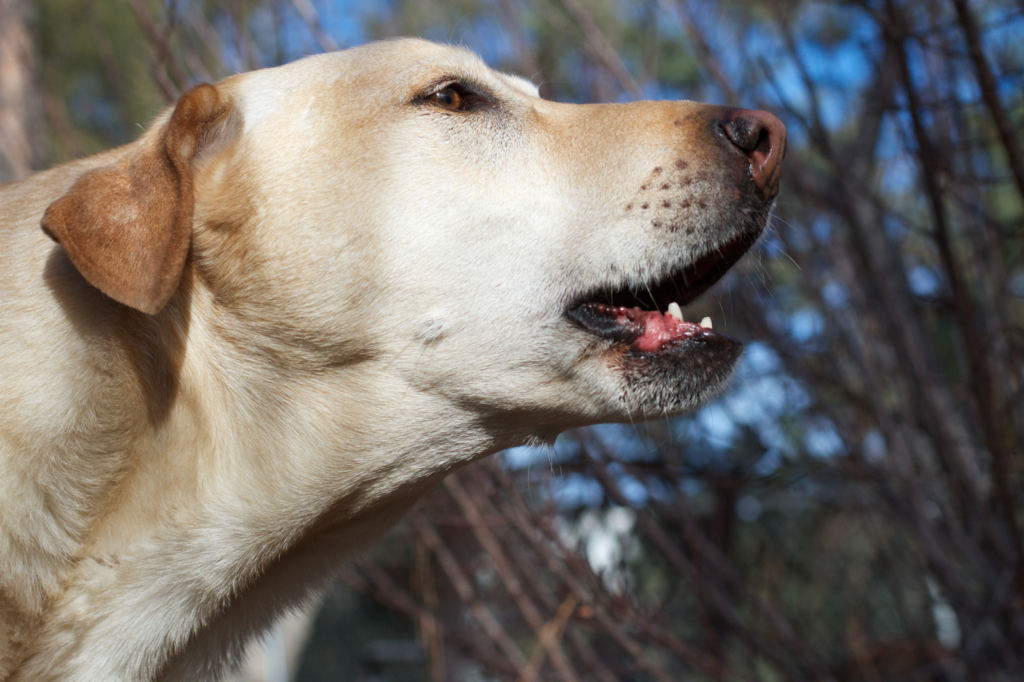
Wikimedia Commons
Your dog’s voice is adorable…until it isn’t. If your pooch won’t stop serenading the entire class with their off-key woofs, it’s a quick way to disrupt the learning environment for everyone else. Uncontrollable barking can distract other dogs and make it nearly impossible for the trainer to communicate effectively. It can also frustrate other dog owners who are trying to help their pups stay focused. While barking is natural, there’s a time and place for it, and obedience school isn’t one of them. Training tools and strategies like redirecting attention or rewarding quiet behavior can help manage this issue.
2. Over-the-Top Aggression

Flickr
There’s a big difference between a little growl and a full-on Cujo moment. If your dog can’t keep their temper in check, obedience school might not have the tools (or patience) to handle it. Aggression toward other dogs or humans creates a stressful and unsafe environment for everyone involved. This behavior might stem from fear, territorial instincts, or a lack of socialization. While trainers can offer some tips, excessively aggressive dogs often need specialized training or behavior therapy. Recognizing the signs early and addressing them with a professional can help turn an aggressive pup into a calm and confident companion.
3. Selective Hearing (a.k.a. Ignoring Commands)
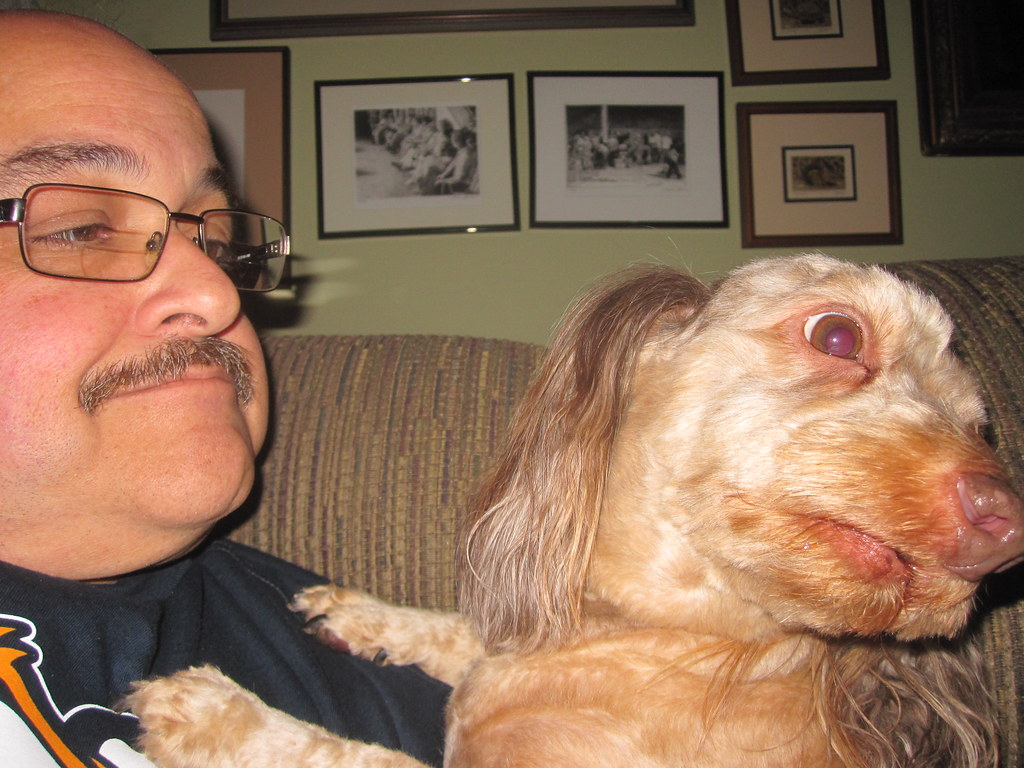
Flickr
“Sit? Never heard of her.” If your dog turns every lesson into a game of “Pretend I’m Deaf,” it’s frustrating for both the trainer and the other dog parents. Selective hearing is often a sign that your dog is either distracted or simply doesn’t respect your authority as a handler. This behavior can derail an entire session, as the trainer might need to spend extra time trying to reel your pup back in. Consistency, patience, and rewarding even small successes can help reinforce the idea that following commands is both fun and rewarding for your dog.
4. Playing Houdini
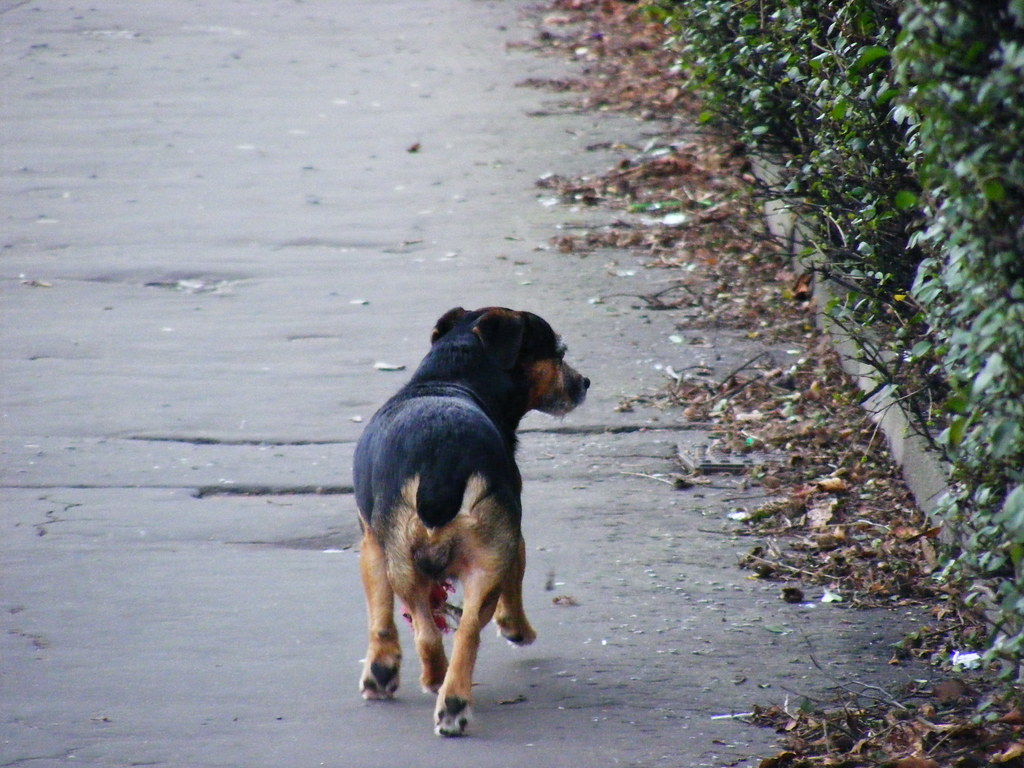
Flickr
If your dog is the master of slipping out of leashes or sneaking out of the room, their disappearing acts might earn them a one-way ticket home. Escape artists can create serious safety concerns, especially if they manage to break free in a busy area or around other animals. This behavior often stems from a high prey drive, curiosity, or anxiety. While it might be amusing the first time, constant escapes can disrupt the entire class and cause unnecessary stress. Investing in secure harnesses and teaching a reliable recall command can help curb your pup’s need for adventure.
5. Uninvited Humping
Wikimedia Commons
We get it—dogs will be dogs. But if your pup can’t keep their “friendly” tendencies under control, it’s an awkward situation for everyone involved. Uninvited humping can embarrass owners and irritate other dogs (and their humans). It’s often a sign of overstimulation, dominance, or even just a lack of training. Regardless of the cause, it’s a behavior that needs to be addressed promptly. Redirecting your dog’s attention, providing plenty of exercise, and reinforcing calm behavior can help minimize these awkward encounters. Consistency is key to ensuring your dog learns proper social etiquette.
6. Constant Marking

Wikimedia Commons
Obedience school is not the place to declare your territory. If your dog is treating the classroom like their personal hydrant, you’re in for some side-eye from the trainer. Constant marking disrupts the class and can lead to hygiene issues that nobody wants to deal with. This behavior is often more common in unneutered males, but any dog can exhibit marking tendencies in unfamiliar environments. To address this, ensure your dog has plenty of opportunities to relieve themselves before class and work on reinforcing commands like “leave it” or “no.” Consistent boundaries will help curb this behavior.
7. Biting—Even in Play
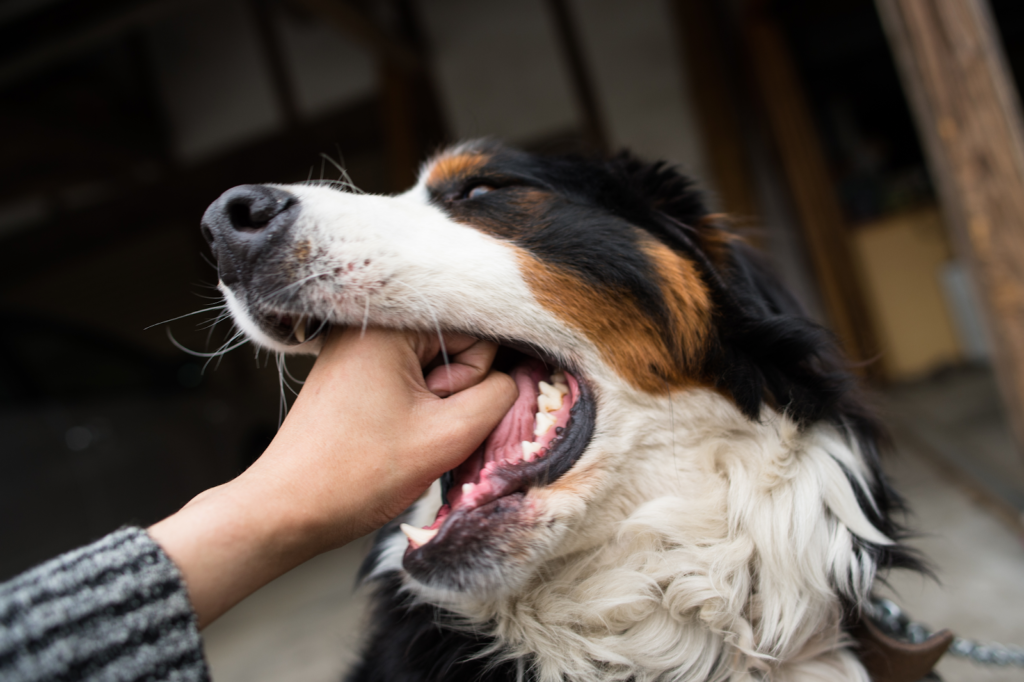
Wikimedia Commons
A playful nip might not seem like a big deal, but when it’s directed at another dog (or worse, a human), it’s a huge red flag. Biting, even in a playful context, can quickly escalate into more aggressive behavior if not addressed. It can also make other dog owners wary of interacting with your pup. This behavior often stems from overexcitement or a lack of understanding of appropriate play. Teaching bite inhibition and redirecting your dog’s energy with toys can help. Remember, what seems playful to your dog might not be received the same way by others.
8. Disruptive Energy

Pexels
Every class has that one kid who can’t sit still. If your dog’s zoomies make them a constant distraction, it might be time to consider private lessons. High-energy dogs can turn a calm training session into complete chaos. While enthusiasm is great, it’s essential to channel that energy into productive activities. Providing your dog with plenty of exercise before class and using positive reinforcement to reward calm behavior can make a big difference. If group settings are too stimulating, one-on-one training might be a better fit for your lively pup.
9. Food Stealing
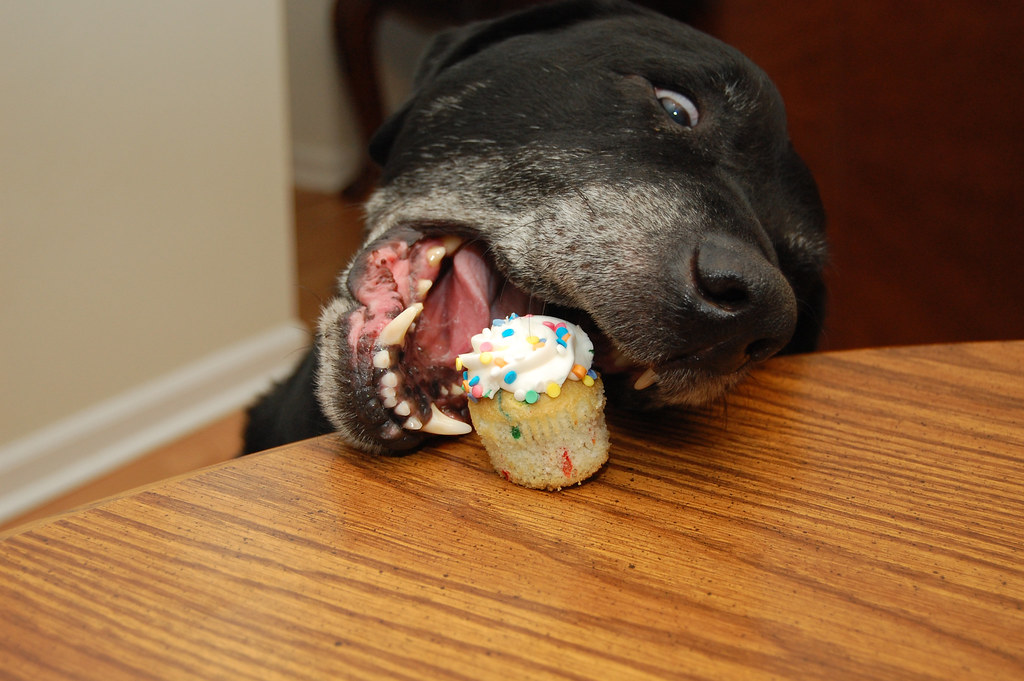
Flickr
Training sessions often involve treats. If your dog decides to take what’s not theirs—from another dog’s snack pouch or the trainer’s stash—it’s a surefire way to cause chaos. Food stealing is not only disruptive but can also lead to conflicts with other dogs. This behavior is usually driven by a strong food motivation or lack of impulse control. Teaching commands like “leave it” and practicing patience exercises can help your dog learn to wait for their turn. Rewarding them for ignoring temptations will reinforce good manners around food.
10. Overly Protective Behavior
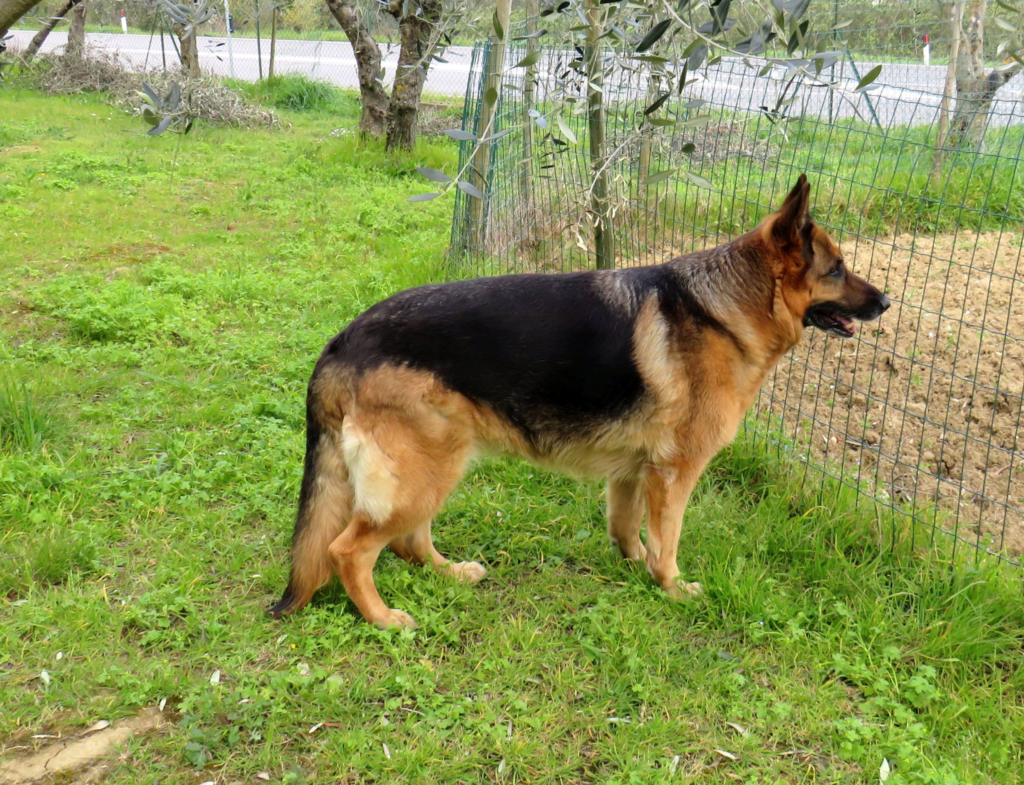
Wikimedia Commons
It’s sweet that your dog wants to guard you like a treasure, but if they’re growling or snapping at anyone who gets too close, it’s a problem. Overprotective behavior can make it difficult for trainers to provide guidance and can create tension with other dogs and owners. This behavior often stems from fear or a lack of confidence. Building your dog’s trust and socialization skills is crucial. Gradual exposure to new people and situations, paired with positive reinforcement, can help your dog feel more secure and less inclined to act as your personal bodyguard.
11. Refusing to Socialize
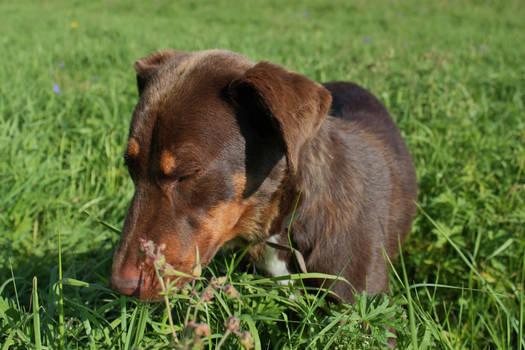
DeviantArt
Obedience school isn’t just about commands; it’s also about learning to get along. If your dog insists on being a lone wolf, they’re missing the whole point. Socialization is a key component of obedience training, helping dogs learn how to interact appropriately with others. A dog that refuses to engage with classmates might struggle with fear or shyness. Encouraging positive interactions through controlled introductions and rewarding calm behavior can help. Over time, even the most introverted dogs can learn to enjoy the company of their peers.
12. Destroying Everything in Sight

Wikimedia Commons
If your dog treats every leash, toy, or training prop like it’s a chew toy, the trainer might just wave the white flag. Destructive behavior can derail an entire class and make it difficult for others to focus. This tendency often stems from boredom, anxiety, or teething. Providing appropriate outlets for chewing and keeping your dog engaged with stimulating activities can help. Teaching commands like “leave it” and rewarding calm behavior around objects will also reinforce better habits. Remember, a bored dog is often a destructive dog, so keep them mentally and physically challenged.


